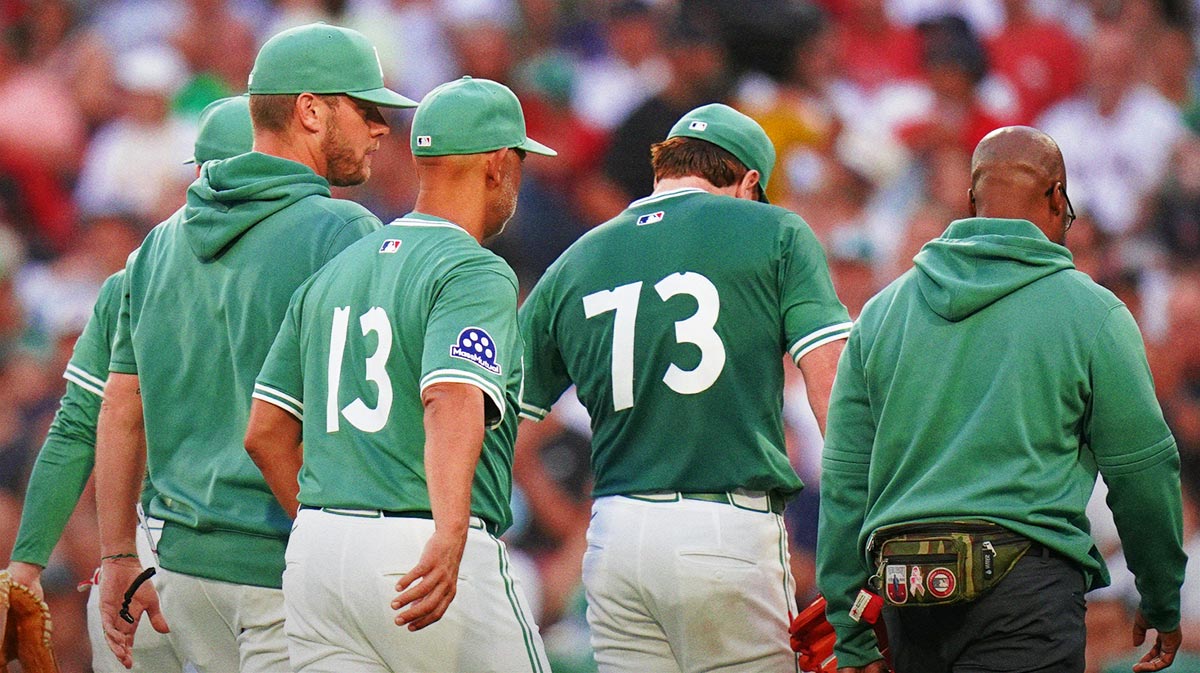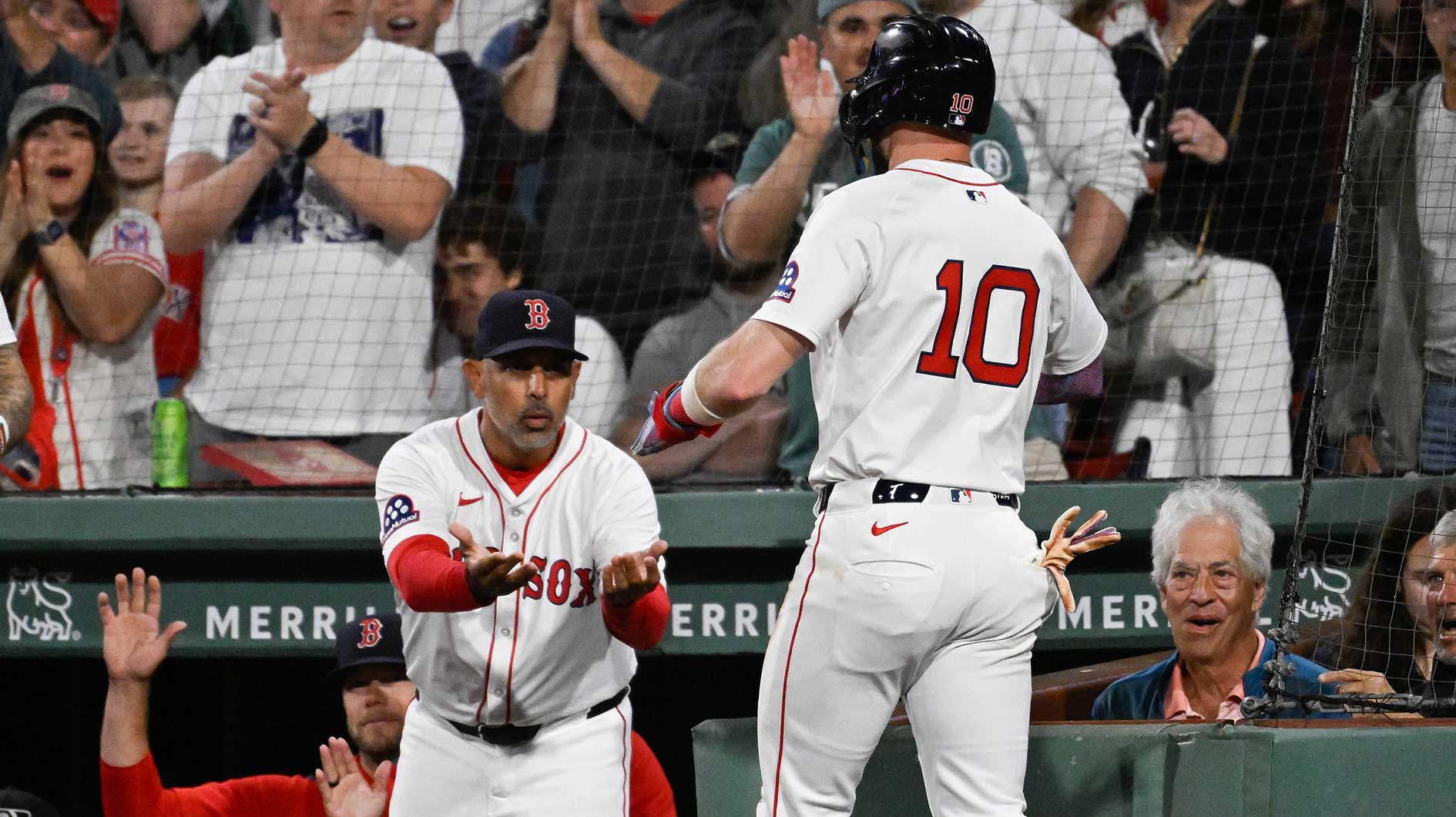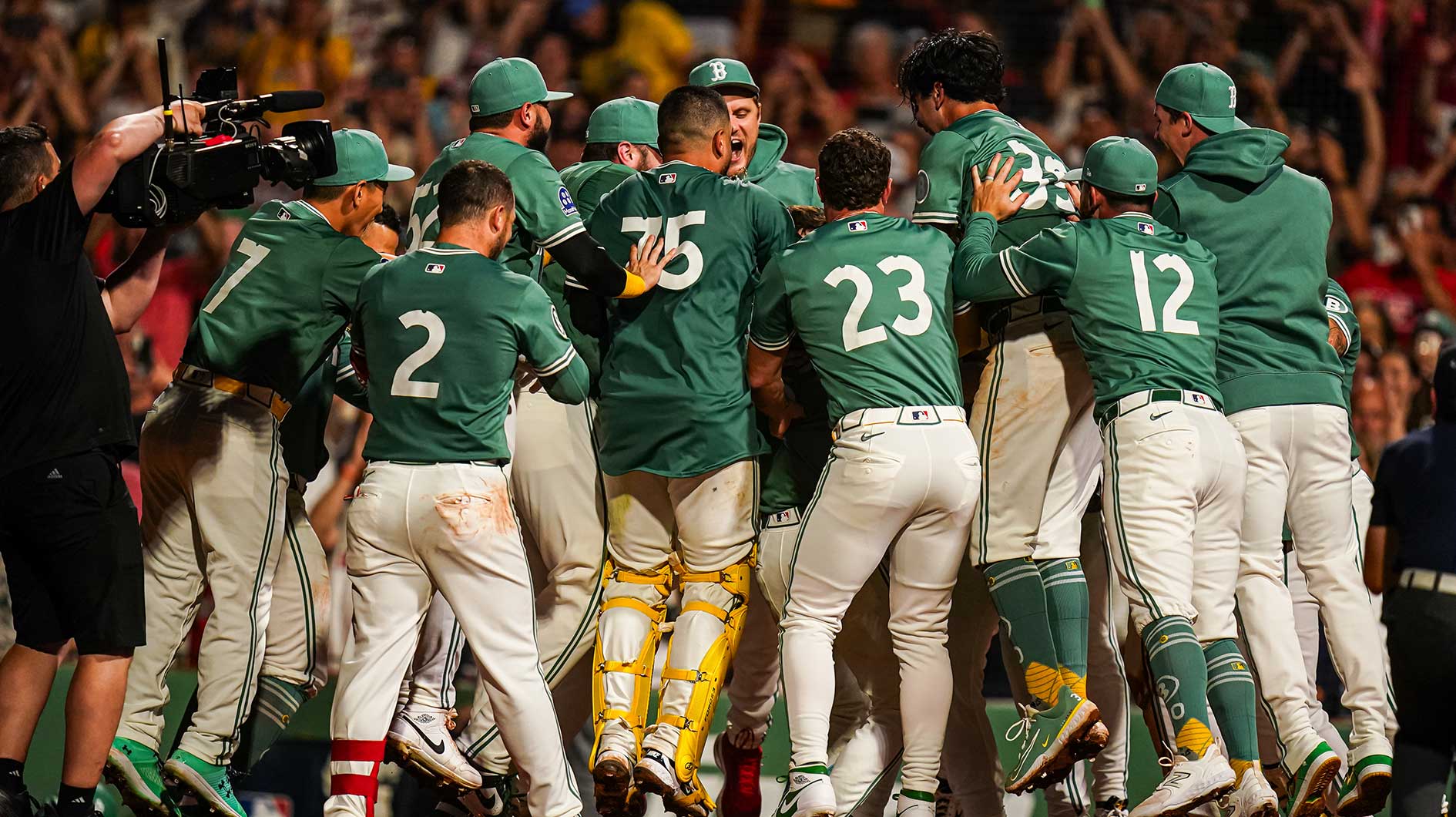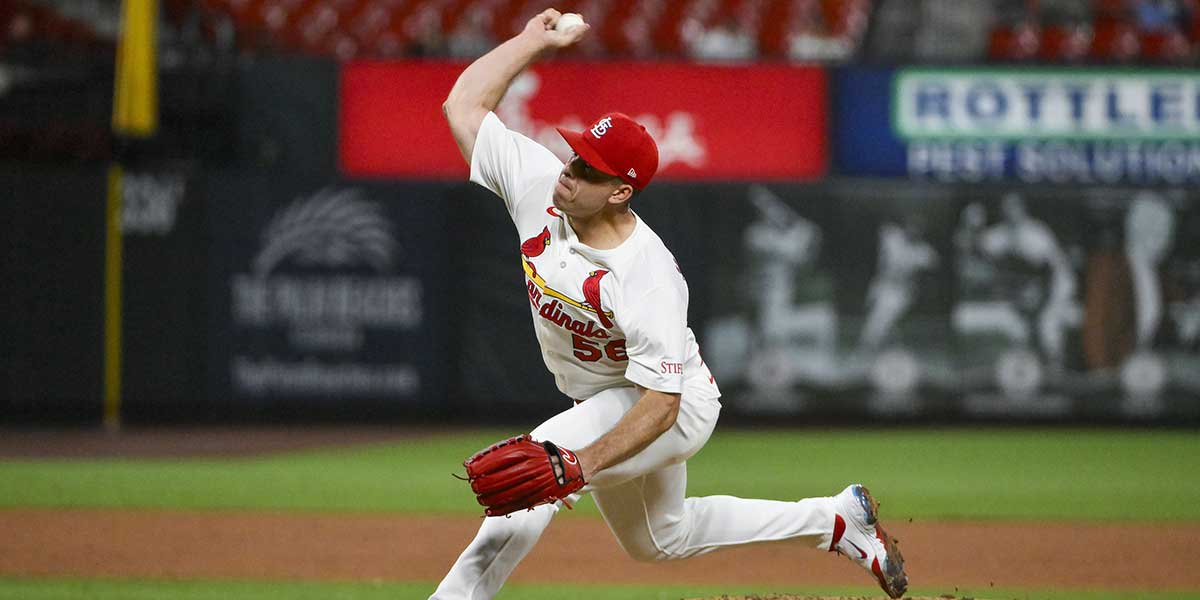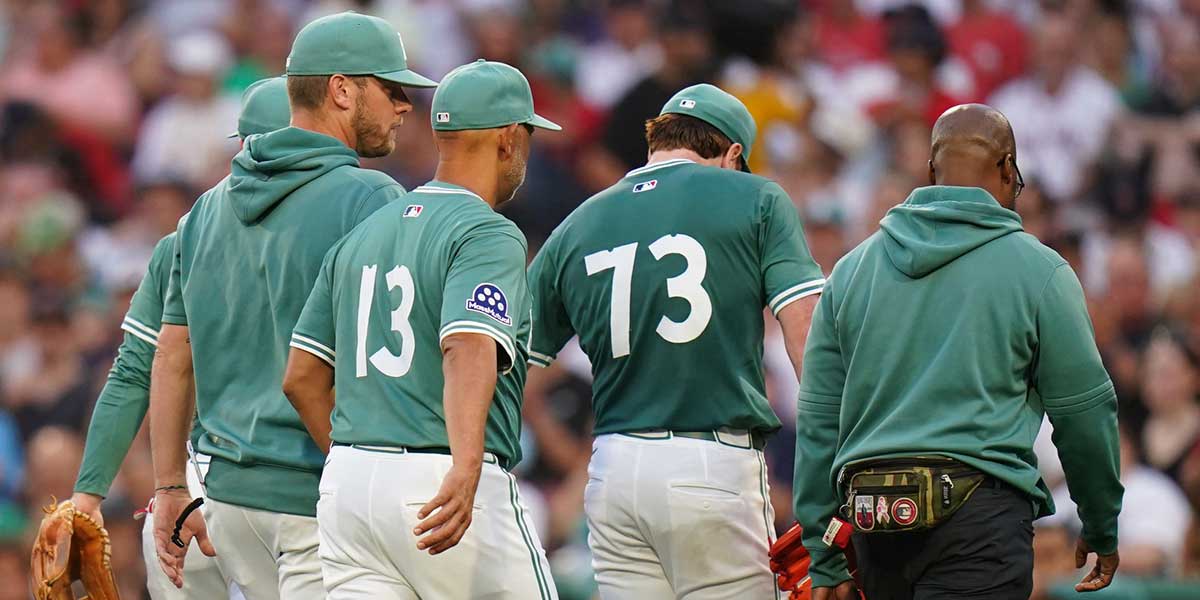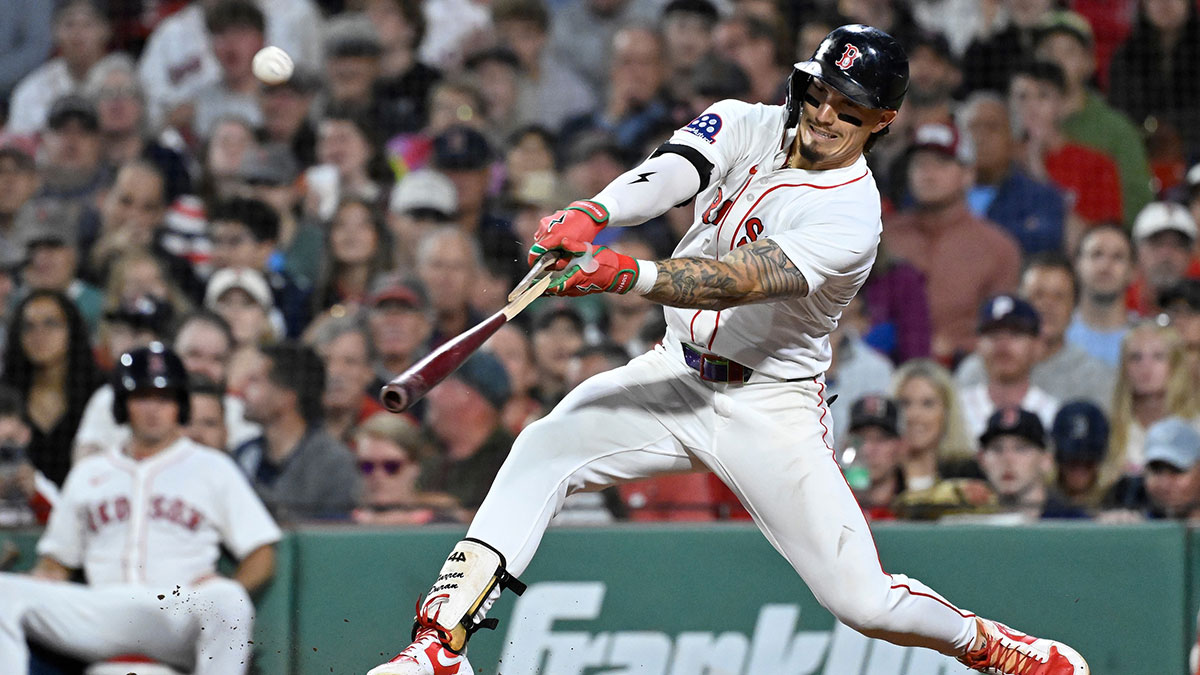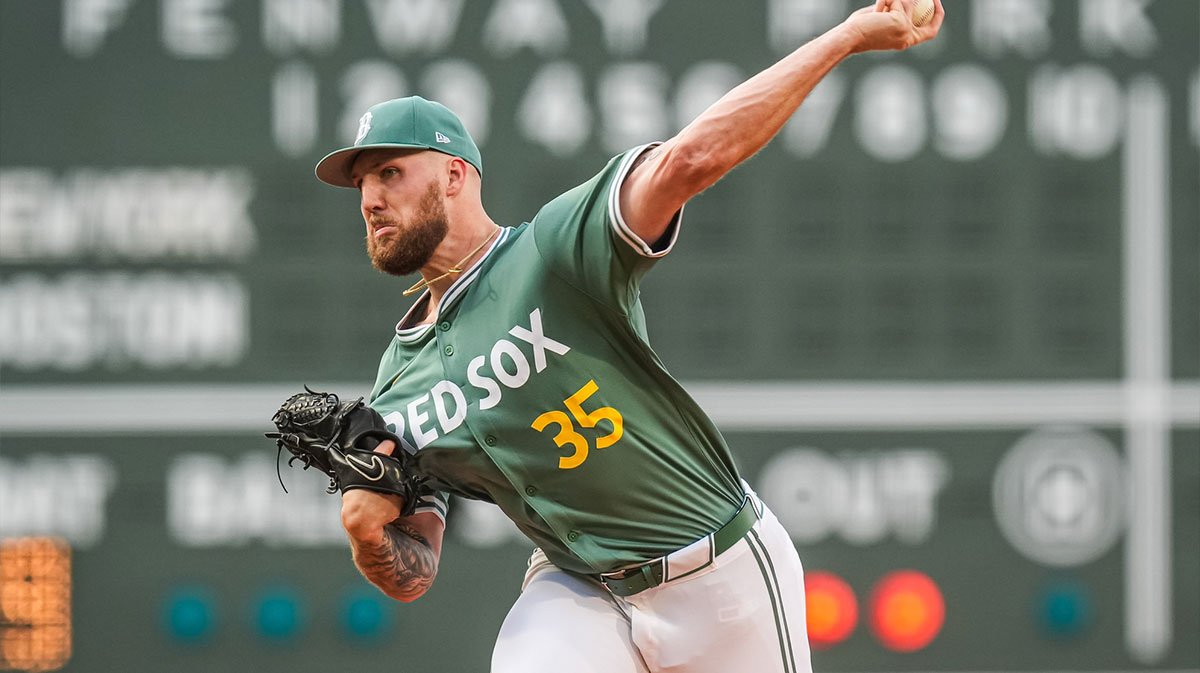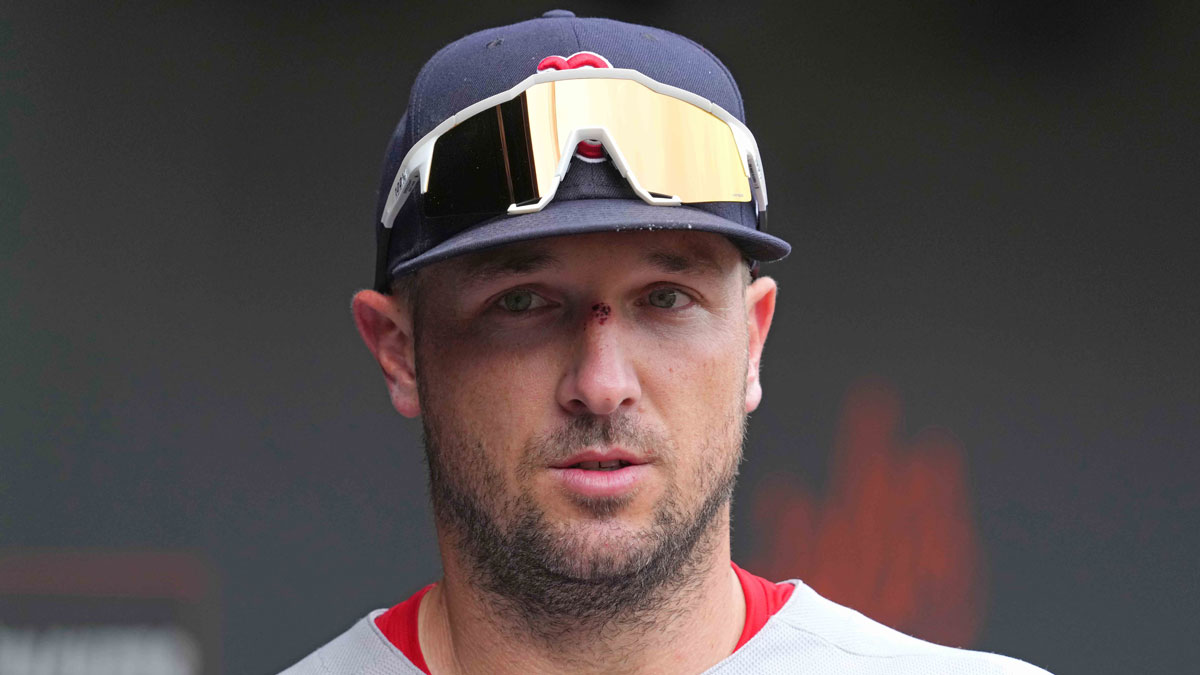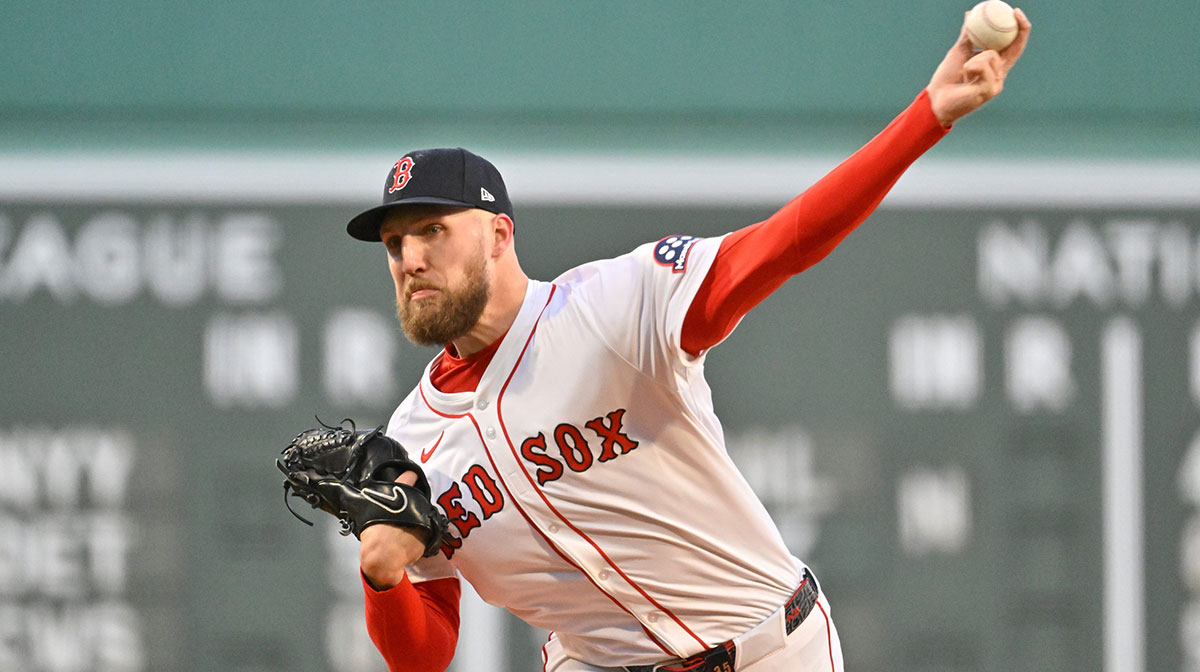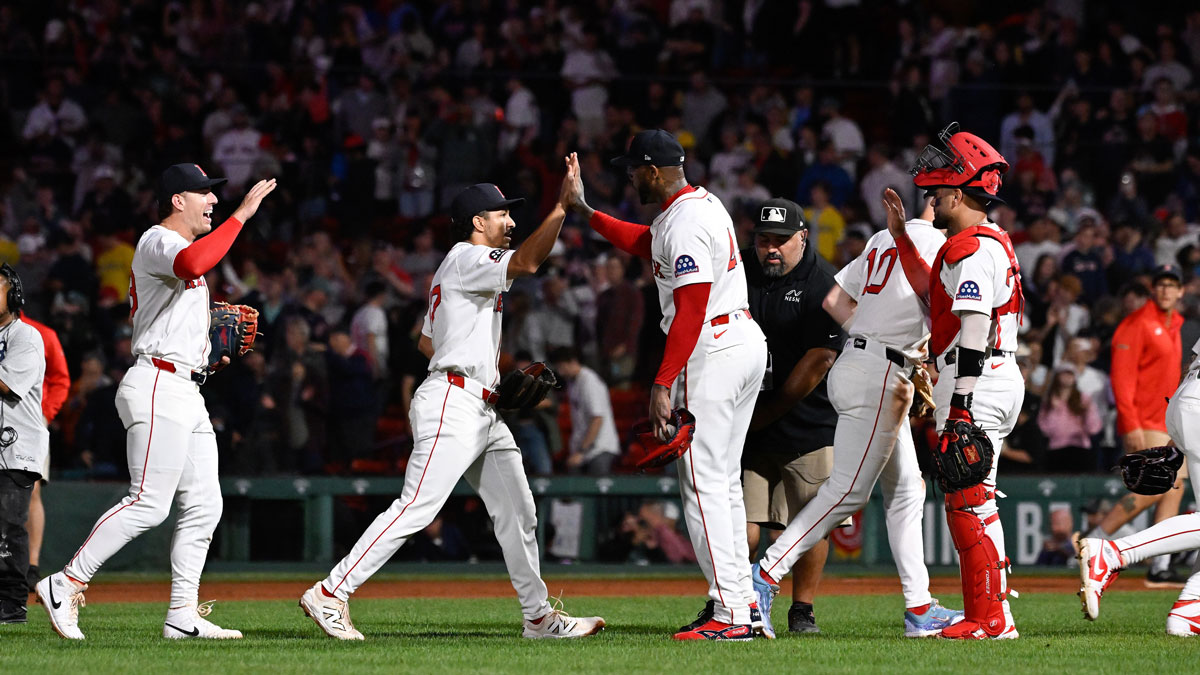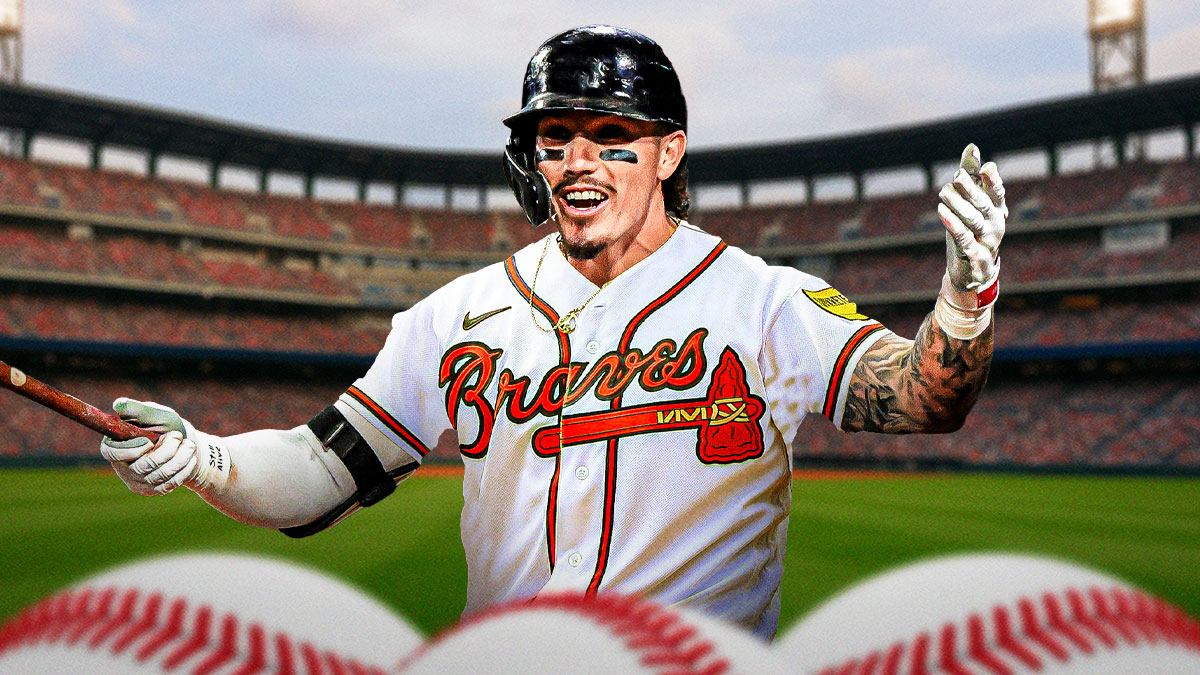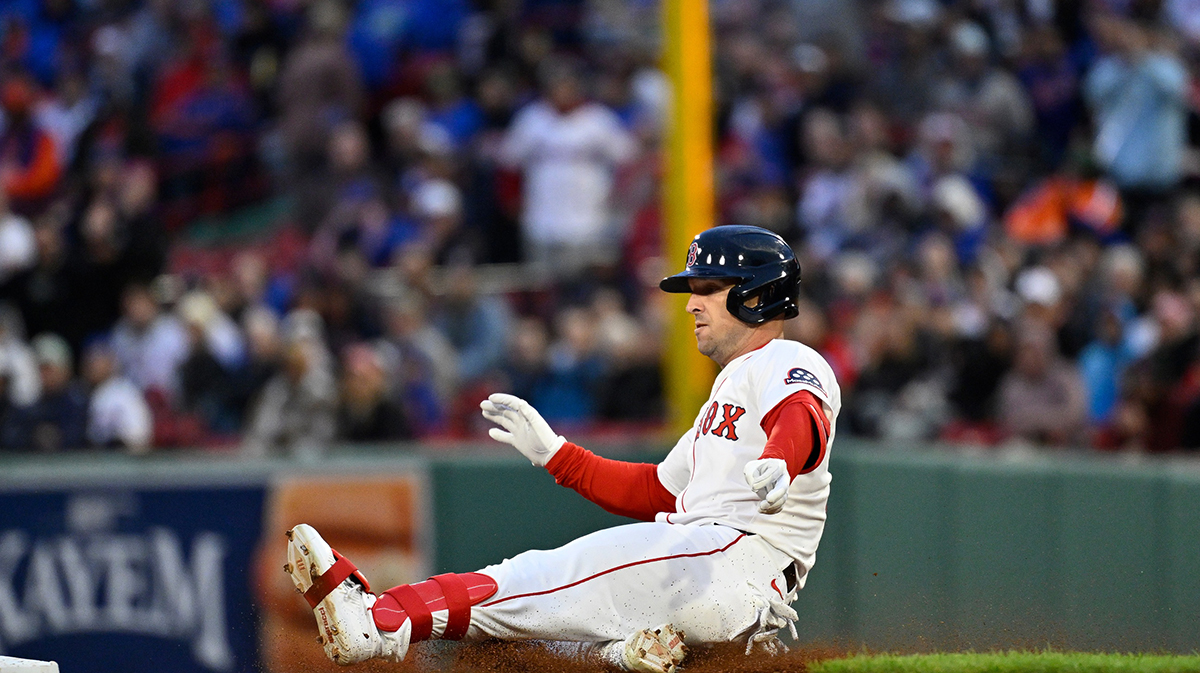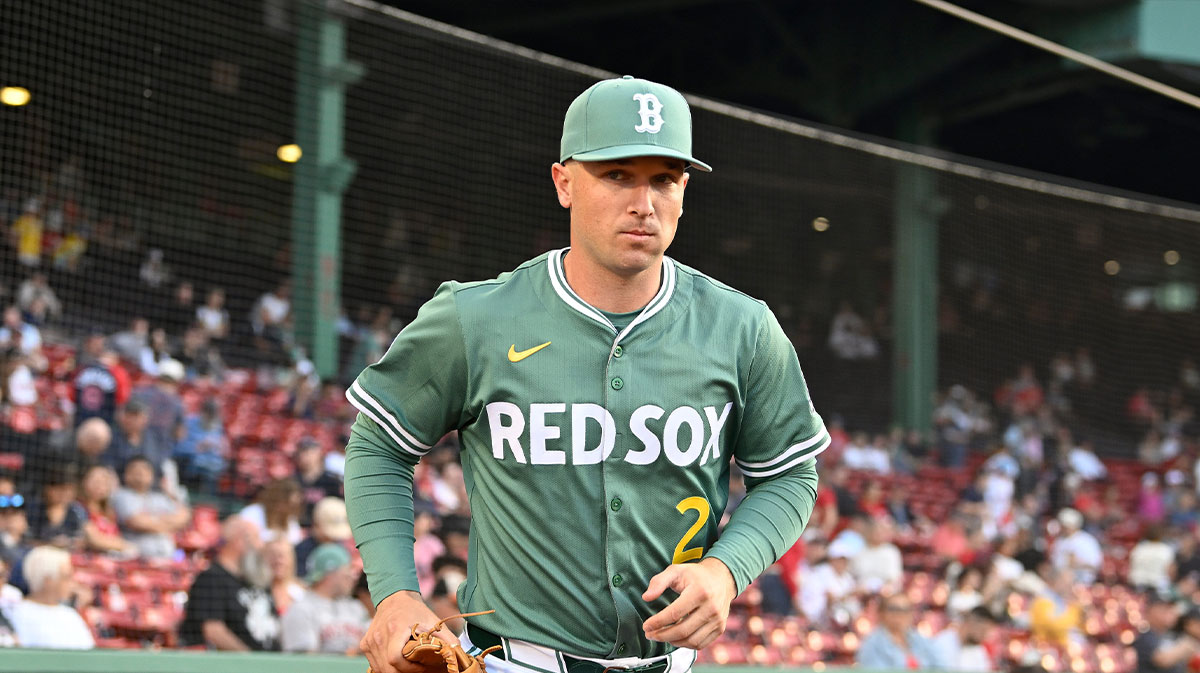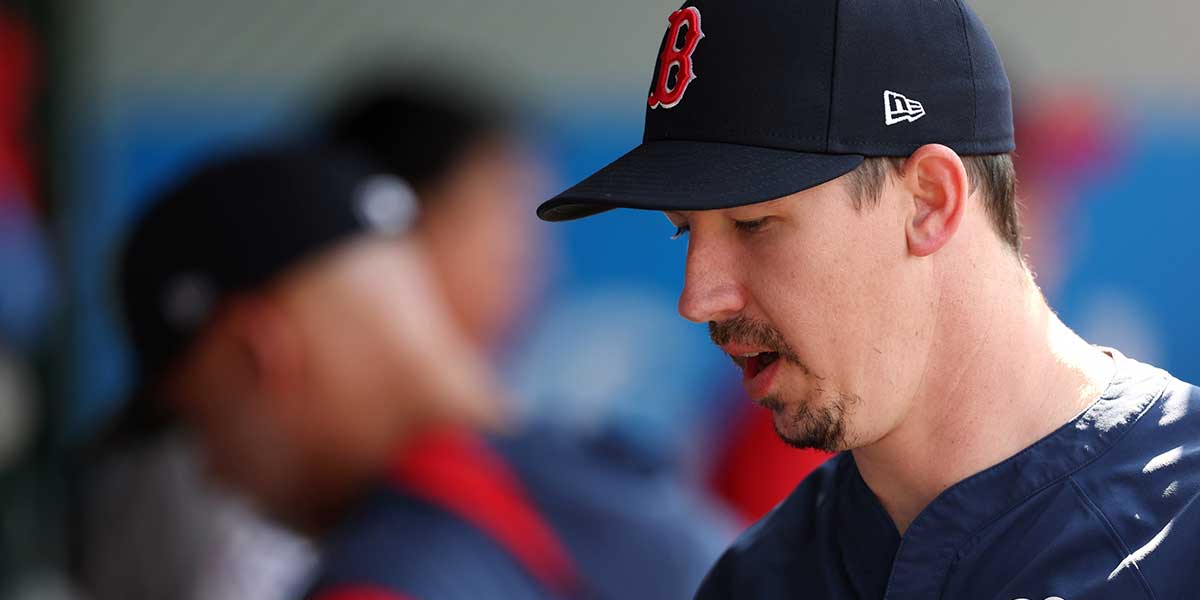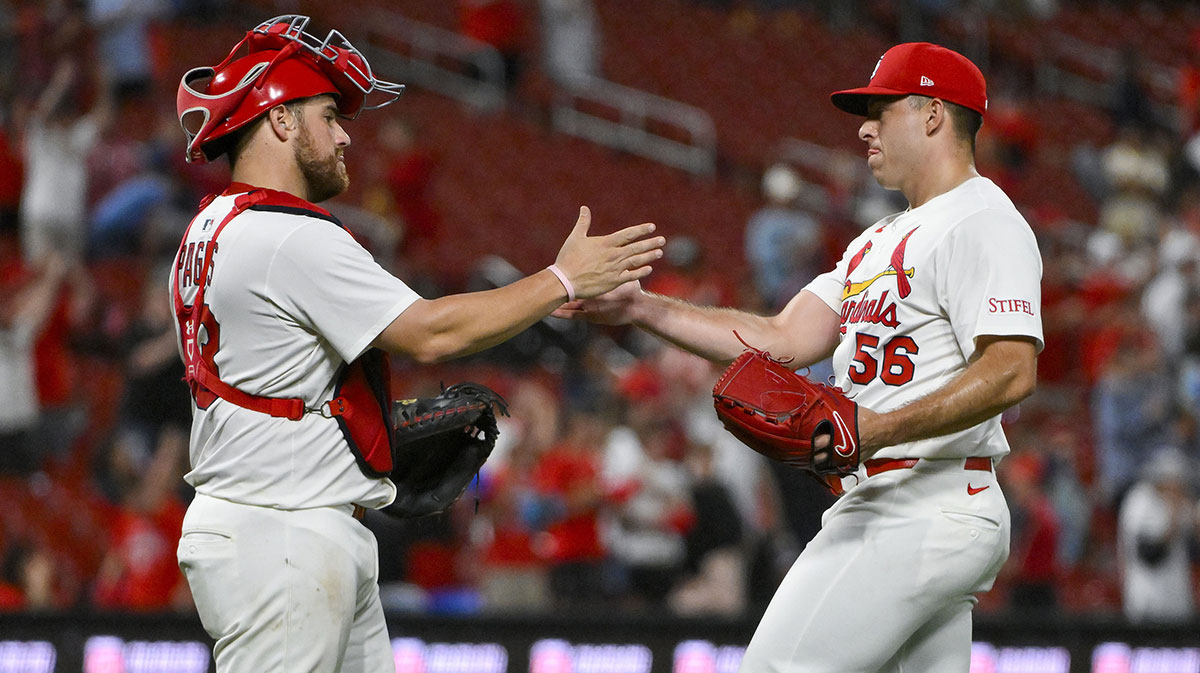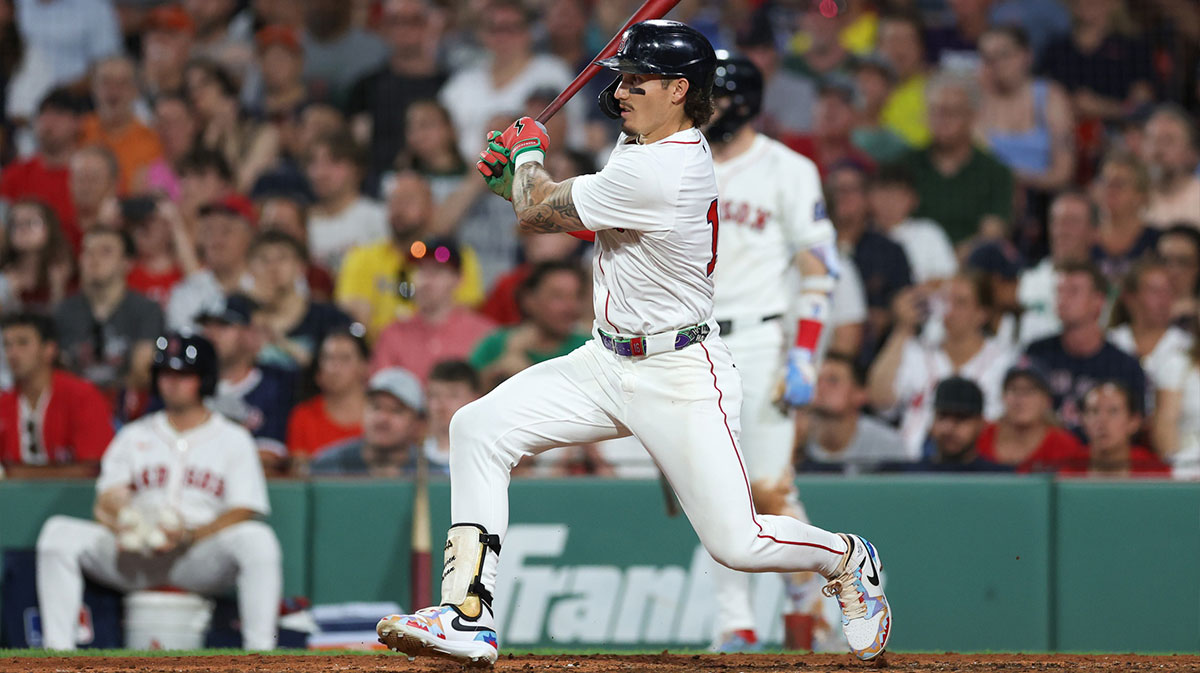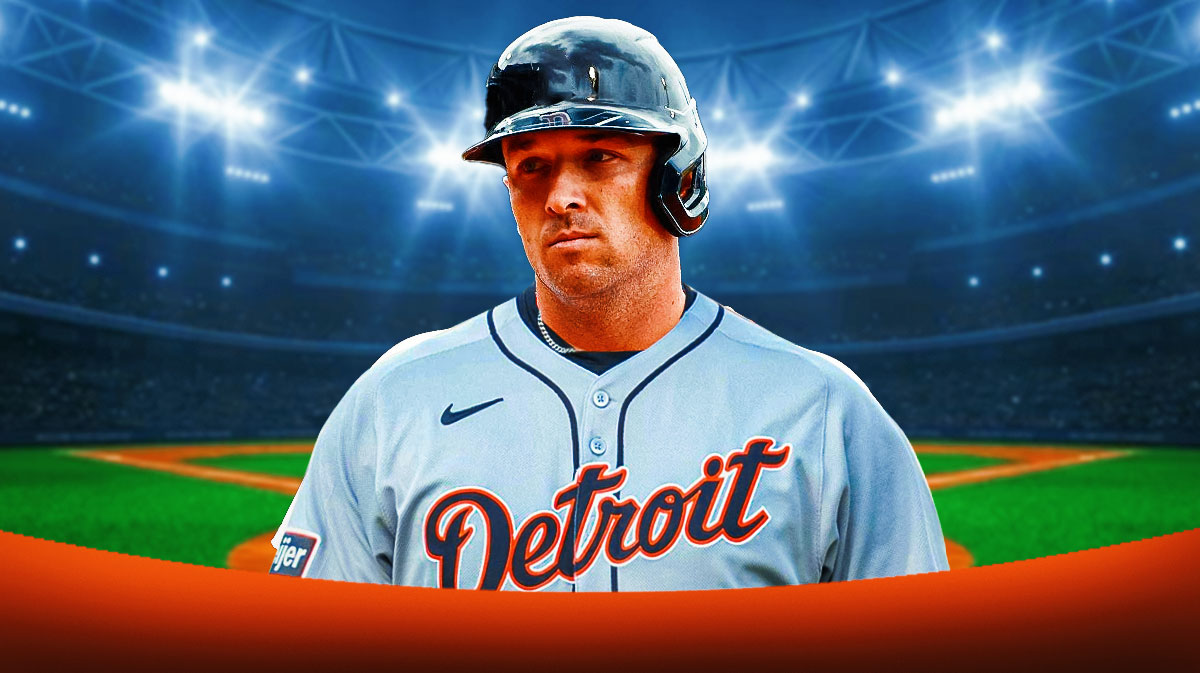The Boston Red Sox were supposed to be in “serious trouble.” The defending World Series champions had gotten off to the worst start of any defending champ since the 1998 Marlins, a team that would totally implode just one year after winning the title in 1997.
Mookie Betts and Andrew Benintendi were not hitting like stars, and the starting rotation was in shambles. Chris Sale was battling a loss in velocity and command issues while Rick Porcello was battling time, and the early showings from Nathan Eovaldi and Eduardo Rodriguez were far from encouraging.
With the Tampa Bay Rays setting the pace in the American League East and the New York Yankees prospering despite a host of injuries, the Red Sox needed to right the ship in a hurry.
Fast forward to May 15, and the Red Sox have climbed above .500 (22-20), just four games back of the division-leading Rays. Sale and Betts have performed up to expectations, and J.D. Martinez continues to prove why he is one of the best hitters in baseball.
But while Boston's star players continue to work out the kinks, a select few contributors have been driving this Red Sox resurgence. From journeymen to ridiculed catchers and skeptical youngsters, these players have had a massive influence on Boston's success in recent weeks.
Mitch Moreland
Moreland had possibly the most enviable job in baseball following the 2016 season. With Red Sox legend David Ortiz retiring, Moreland was brought in from the Texas Rangers to provide some power from the first base and designated hitter spots.
The 33-year-old had a solid year close to his career averages in 2017 before getting off to a flying start in 2018 and even being named to the American League All-Star team. But Moreland bottomed out in the second half, hitting just .191 with four homers and a .600 OPS as he was replaced by eventual World Series MVP Steve Pearce.
Still, for all of his struggles towards the end of the year, Moreland clubbed a pinch-hit homer in a pivotal Game 4 of the World Series to key a huge Boston rally. He has not slowed down since then.
While Moreland hit just .213 with a .290 OBP in the first month of play, he hit eight homers and slugged .539, mashing some crucial dingers to help Boston win some early games in the midst of their struggle. And in May, Moreland has only gotten hotter.
Entering play on May 15, Moreland was hitting .300 with a 1.139 OPS in May, hitting four homers over the first half of the month. While Pearce has failed to recapture his postseason glory, Moreland has been a huge run-producer in Boston's lineup, leading the team with 30 RBIs.
The fears about the Red Sox being too top-heavy have been unfounded, thanks mostly in part to Moreland's prolific run of power.
Christian Vazquez
In 2018, the Red Sox ranked 21st in baseball in terms of fWAR at the catching position. Sandy Leon and Christian Vazquez were simply unreliable, both at the dish and behind the plate.
But having seized the starting job, Vazquez has been tremendous this year. Last season, he hit just .207 with a 42 wRC+ and a .540 OPS. As of May 15 of this year, however, Vazquez is hitting .286 with a a 113 wRC+ and an .833 OPS. As a result, Boston ranks 7th in terms of catching fWAR.
Vazquez's walk rate has almost doubled, while his isolated power has jumped 128 points. His hard-hit percentage has risen by over six percent, and his exit velocity of 89.4 would easily be a career high, according to MLB Statcast.
The Red Sox have not had a steady backstop since the days of Jason Varitek. And yet, Vazquez is proving why he could be a commodity given his defensive abilities. He had already registered two Defensive Runs Saved, and has netted a +33 margin in that category from the catching position for his career.
Such a drastic improvement from Vazquez lends a whole lot of confidence to the pitching staff as well, as they now have more of an everyday guy calling games while simultaneously producing at the plate.
Rafael Devers
Excitement surrounding Devers' potential was abundant after he burst onto the scene in 2017. In 58 games, Devers hit .284 with 10 homers, and the assumption was that he would grow as a defender at the hot corner.
While he still hit 21 homers in 2018, Devers registered a 94 OPS+ and was horrific defensively, with -13 Defensive Runs Saved and a -4.5 UZR. He provided some clutch hits in the ALCS and the World Series, but expectations had been mitigated.
Yet Devers seems to have made the appropriate adjustments at the plate in 2019. Entering play on May 15, he was hitting .331 with a .402 OBP, with an increased walk rate and a strikeout rate that has dropped by about 10 percent.
More importantly, Devers' line drive percentage is up 11 percent this season. He only has three homers, but has still driven in 22 runs and holds the team lead with 12 doubles. Devers' commitment to the pull side may make him more susceptible to shifts in the future, but he is also unlocking more gap power and can still spread the ball around as we have seen throughout his career.
In 2018, Devers hit just .228 against the fastball. This season, he is hitting .361 against hard stuff, showing more resolve in shortening up his swing and putting the ball in play. He has so much natural power, as evidenced by his 92.4 exit velocity average.
With Betts and the rest of the lineup beginning to turn the corner, Devers might see even meatier pitches as the season goes along, which could spell trouble for opposing pitchers.
He is still a below-average defender, but Devers' contributions at the plate far outweigh the negatives.
Michael Chavis
While the Red Sox did not get much production from their catchers in 2018, second base was even worse from a positional standpoint. Boston ranked 22nd in fWAR, as Dustin Pedroia went down with an injury and Eduardo Nunez and Ian KInsler failed to fill the void left by the former MVP.
Pedroia's career may be all but over, as he has returned to the Injured List and simply looks like his best days are behind him at age 35. But Boston has found a diamond in the rough.
With Nunez also scuffling, the Red Sox turned to 23-year-old Michael Chavis, the number one prospect in their farm system according to MLB Pipeline.
Chavis came up primarily as a corner infielder, but he has been excellent through his first 21 games, hitting seven homers with a 162 wRC+ and .303 ISO clip, according to FanGraphs. His .999 OPS is the best on the team, and he has become yet another dangerous bat in a lineup that is suddenly loaded with boppers.
While he has been merely average from a defensive standpoint, that is probably a win for the Red Sox considering that he is learning a new position and probably needs some acclimation.
Given his high barrel percentage (17.3) and launch angle (17.5) averages, Chavis has legitimate 30-homer power projecting over the course of the rest of the year. While he may go through a period of slumping typical of any young player in baseball, the early returns have been spectacular.
The Red Sox are beginning to turn the corner behind veterans like Moreland and Vazquez as well as youngsters like Devers and Chavis. And having gotten within striking distance of the Rays, Boston is in a prime position to defend their AL East crown.

